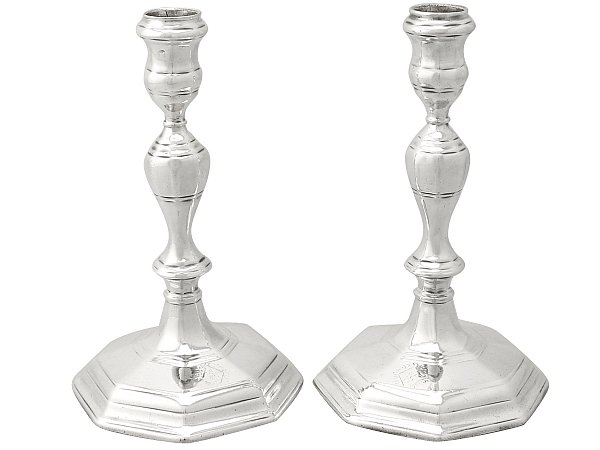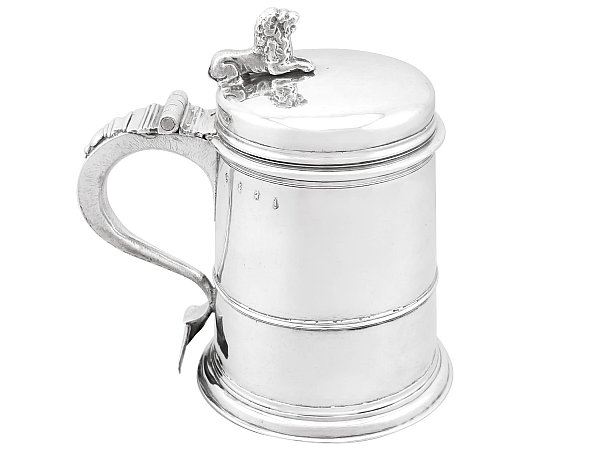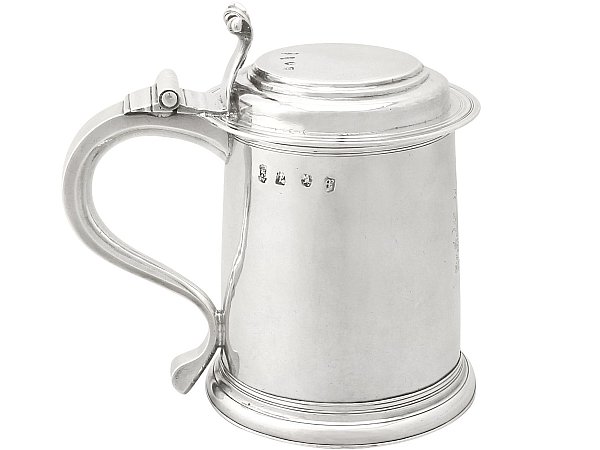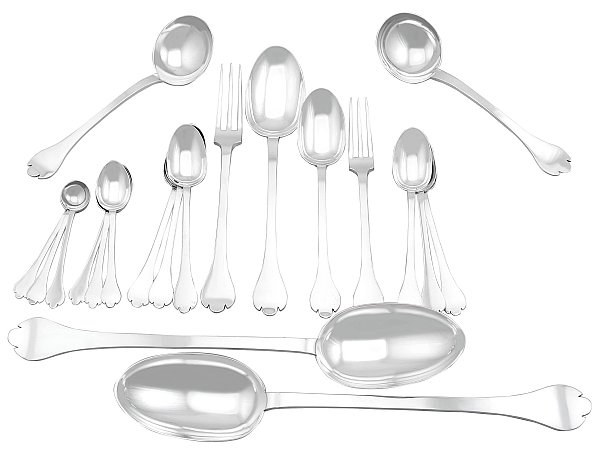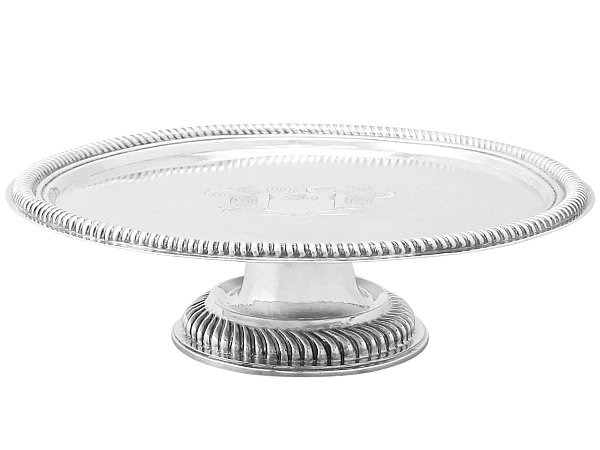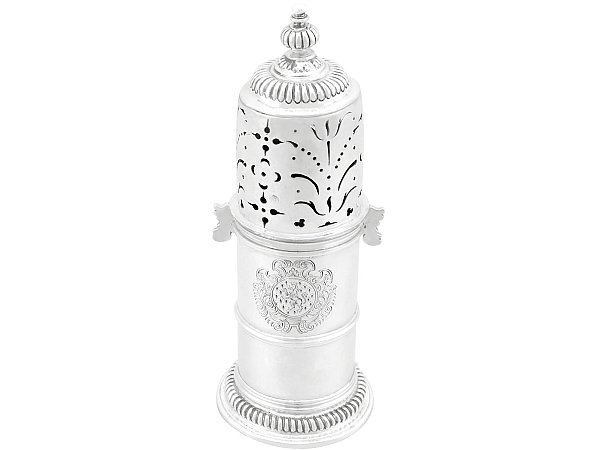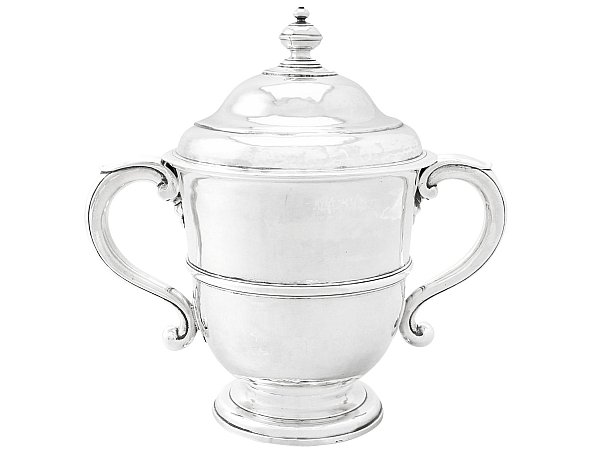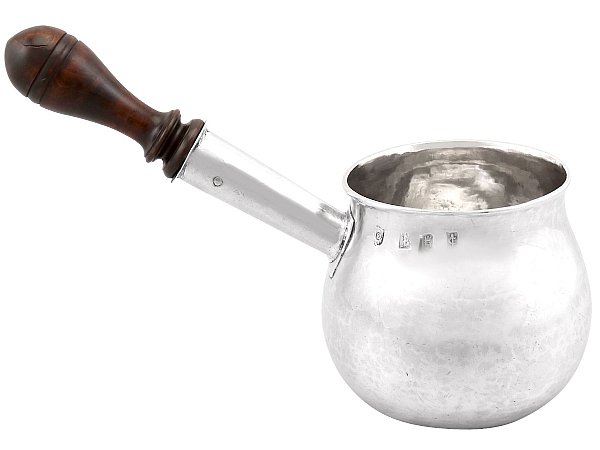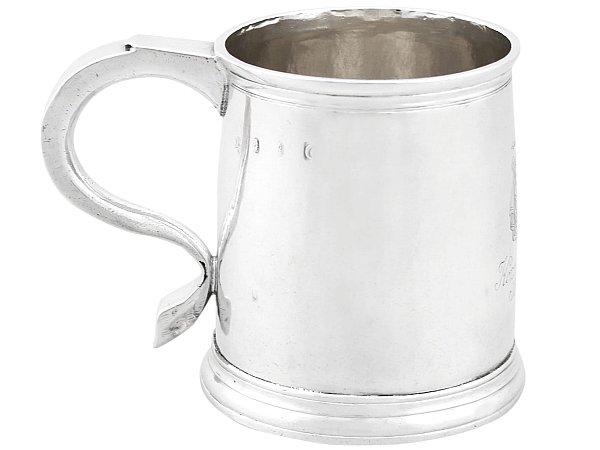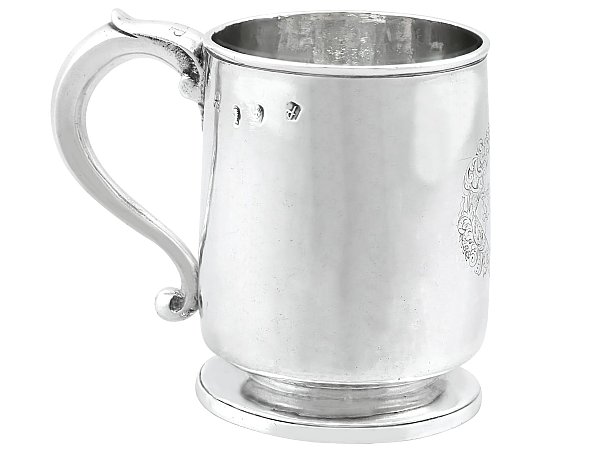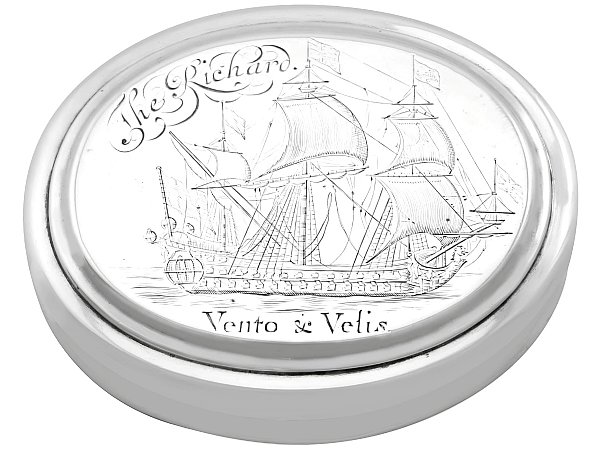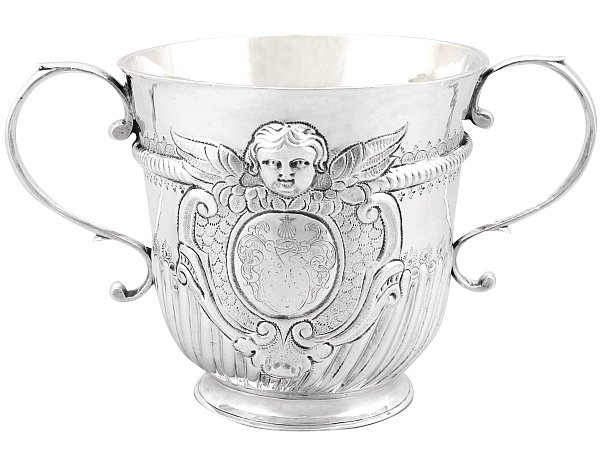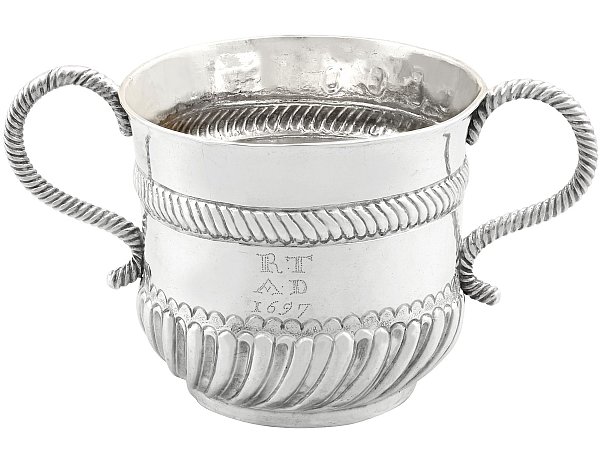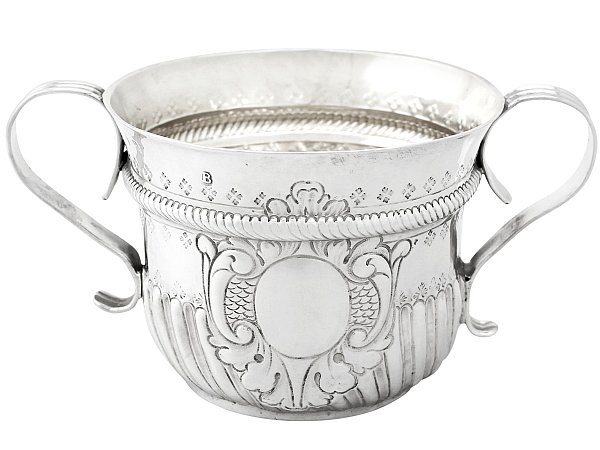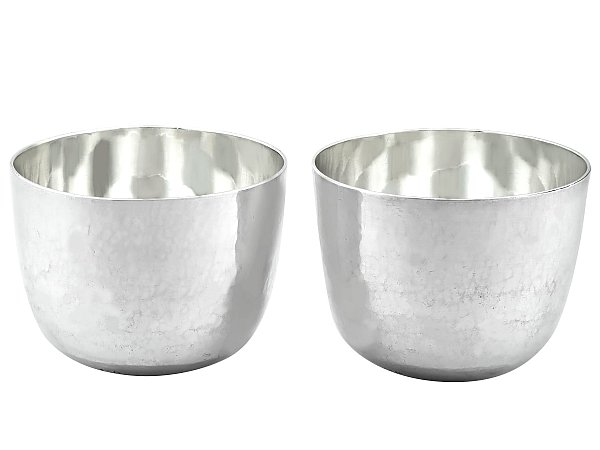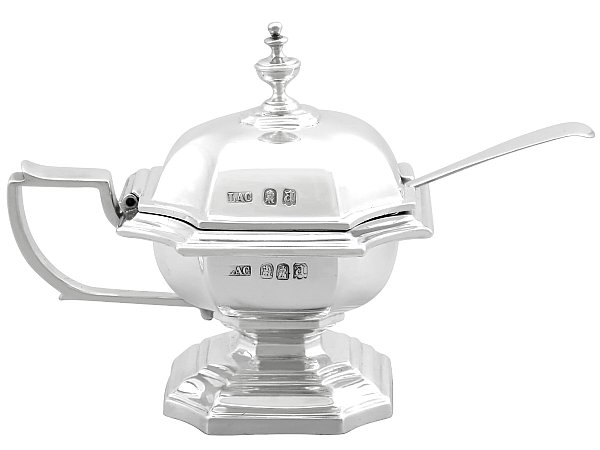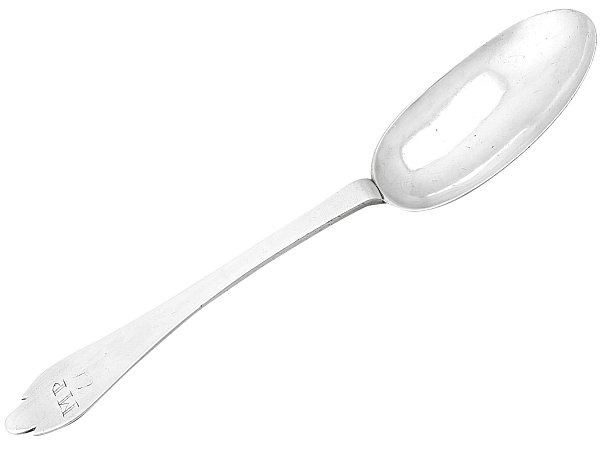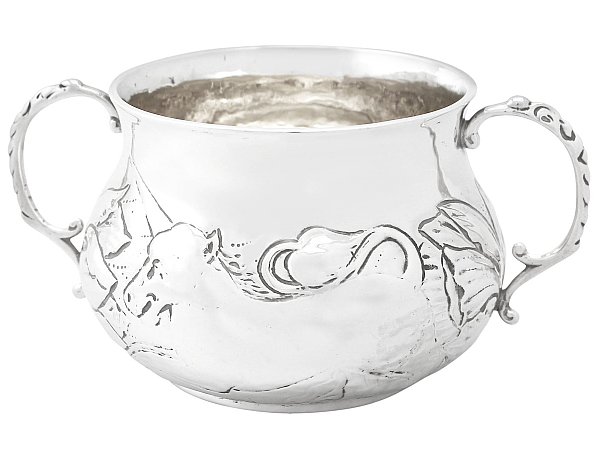Britannia Silver
Antique and Vintage Britannia Silverware for Sale
Explore our fine collection of antique and vintage Britannia silver for sale. Our collection includes Britannia silverware from the Victorian and Georgian periods and often crafted by collectable silversmiths of the period.
All silverware purchases at AC Silver include a complementary insurance valuation and free global shipping.
Andrew Campbell, using his 40 years’ experience within the antiques industry, handpicks all Britannia silver for sale.
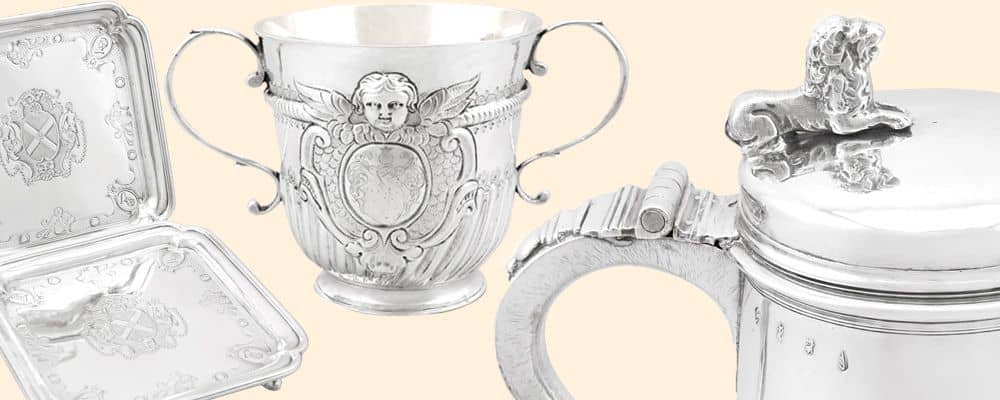
Britannia Silver Frequently Asked Questions
Britannia silver is an alloy of silver which contains 95.8% silver (by weight), with the additional weight usually being composed of copper.
Britannia silver became the necessary standard for wrought plate silver across Britain, although in Ireland the same standard was never enforced, and Ireland had a very similar hallmark to Britannia- the Hibernia- in use between 1730 and 1807.
After the Union Act of Ireland with England and Scotland and the adoption of the English system of hallmarking, the Hibernia became the symbol of the Dublin Assay Office.
The initial reason for the introduction of the new standard was a consequence of the English Civil War (1642 - 1651) which had resulted in massive amounts of silver being melted down to pay the soldiers.
By 1696, the coin melting and clipping of the coinage had become so extensive that the silversmiths were forbidden to use the sterling standard for their creations, but had to use a new standard, 95.8per cent, and the decision was taken to limit the practice of clipping and melting sterling silver coinage (which standard was maintained to sterling) to make silverware.
This practice was extrapolated during the reign of Charles II, owing to the heightened demand for luxury silverware for fashionable purposes, rather than practical silverware.
This new standard of 95.8per cent pure silver was introduced by a 1697 Parliament's Act signed by William III to replace sterling silver , which had been 92,5% of fine silver as the mandatory standard for silver composition.
This change in standard instigated an alteration in the recognised hallmark of the lion passant guardant denoting sterling standard, new hallmarks were ordered, the "figure of a woman commonly called Britannia” and the lion’s head erased (torn off at the neck) replacing the lion passant and the leopards head crowned.
The Britannia standard alloy had the advantage of being slightly softer alloy than sterling silver and therefore slightly easier to work with. Its purity was comparable to that already used in Europe, facilitating European export trade. This new standard allowed for the export of English silver to France – whereas this was not allowed with sterling silver - which was below the legal standard for silver in France.
Makers had to register new marks in 1697, owing to the new series of date letters beginning in March of this year. Many Silversmiths protested the changes in the silver standard, as obviously the use of more silver within the silver alloy meant it was more expensive for the silversmiths to produce. However, some actually lodged a counter- protest on the basis that this new standard of silver alloy was easier due to work with , with silver being more malleable- and that it would increase European trade with the French silversmiths, who already used a higher standard of silver that matched this new purity composition.
However following lobbying from silversmiths over the increased expense, the sterling standard was re-introduced mid 1720's along with the former lion passant guardant hallmark.
The Huguenot silversmiths who were familiar with the higher standard used in France- which was 95 % fine silver- petitioned for the retention of the Britannia standard. Their demands were recognised by the permission to retain the higher standard alongside sterling when the old standard was restored on June 1st, 1720, along with its original form of marking.
From 1720 up to the present day both Sterling and Britannia standards have been in use simultaneously. In spite of this, the Britannia standard was rarely used until its revival in the late nineteenth century.
After 1720 silversmiths maintained the use the their former maker's marks (their initials) for works in sterling silver standard while the later system of hallmarking (first two letters of the surname) was used for works in Britannia standard.
The practice of using two sets of marks continued until 1739. After this date- owing to the confusion which had developed through using two sets of marks concurrently - plate workers were ordered to destroy their existing marks and register a new one created using the initials of their forename and surname, which were also letters of different character from those they had previously used.
The Britannia standard was never abolished, and remained in use also after 1720 as a voluntary alternative option to the sterling standard. However, it’s use was no longer widespread until a thirty year revival in the reproduction of antique items in the late Victorian Era, and during the reigns of Edward VII and George V- lasting across the late nineteenth and early twentieth century, and in more recent years during the 1960s and 1970s.
More recently in 1999, following the change in hallmarking, Britannia silver is now denoted with the millesimal fineness hallmark (958) the optional use of the 'Britannia' icon.

